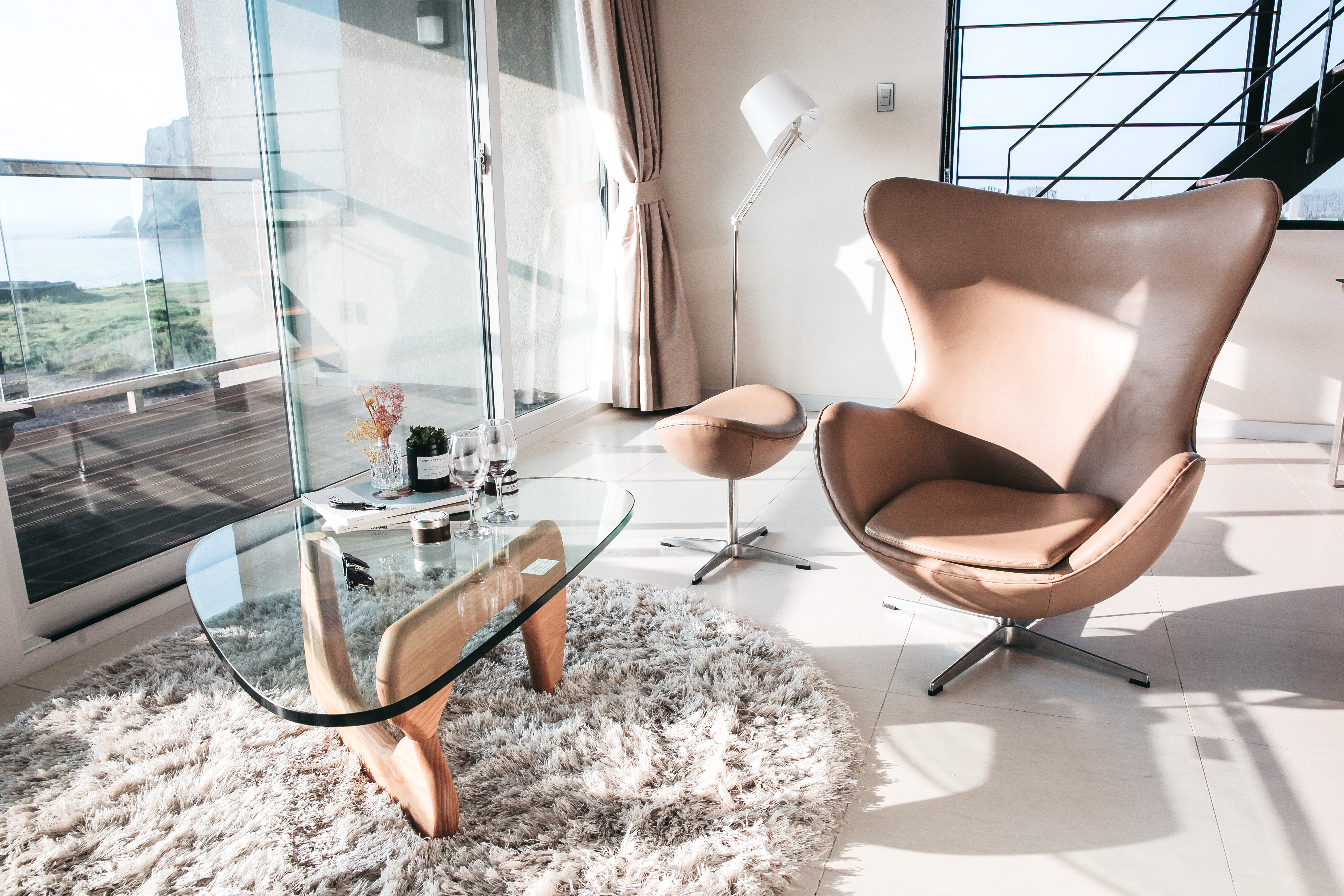How Images Influcence Website Traffic
‘A Picture paints a thousand words’ is a saying which no doubt is very true. Especially for lodging websites because people judge by the visuals what to expect. Studies show the top two factors in the decision process where to stay are reviews and photos. The more appealing photos on a website the better. But photos not only make websites more attractive for visitors they can also have an impact on search results.
Why is that? Many people travelling use the image search for things to do or see. Possibly this traffic is less convertible than text traffic generated with keywords, but it still can have a positive effect. Optimising pictures is not hard so why waste a chance to increase your traffic?
What you could do to optimize pictures for search engines:
Filenames
Filennames are the basic elements of image optimization. Try to name your images with your keywords if possible, using the hyphen as a delimiter. Try not to use more than 4 words. .jpg and .gif files tend to produce better results than .png files. If you have more than one image of the same subject you could differentiate them using “-1″, “-2″ at the end.
ALT Text
The ALT (alternative) text is designed to describe to visually handicapped people or screen readers what they are not seeing. An ALT text should give a good description but also be focused on keywords to please the search engines. Aim to satisfy the screen readers while being keyword focused enough for the search engines and without being a keyword spammer. For example:
Keyword spam: discount hotel room rome italy
ALT text only: Vatican
SEO optimized: Vatican view from Tricolore hotel room
Title
Images can have titles too. An image title displays on the screen when the user hovers the mouse over the image. Use the Title tag to add an optimised text.
Image Size
Images should always have the appropriate size for the place they are used. Do not let the browser resize a large image to display smaller. Unnecessarily large images have a negative influence on the loading time of your website which can negatively influence your search engine ranking.

